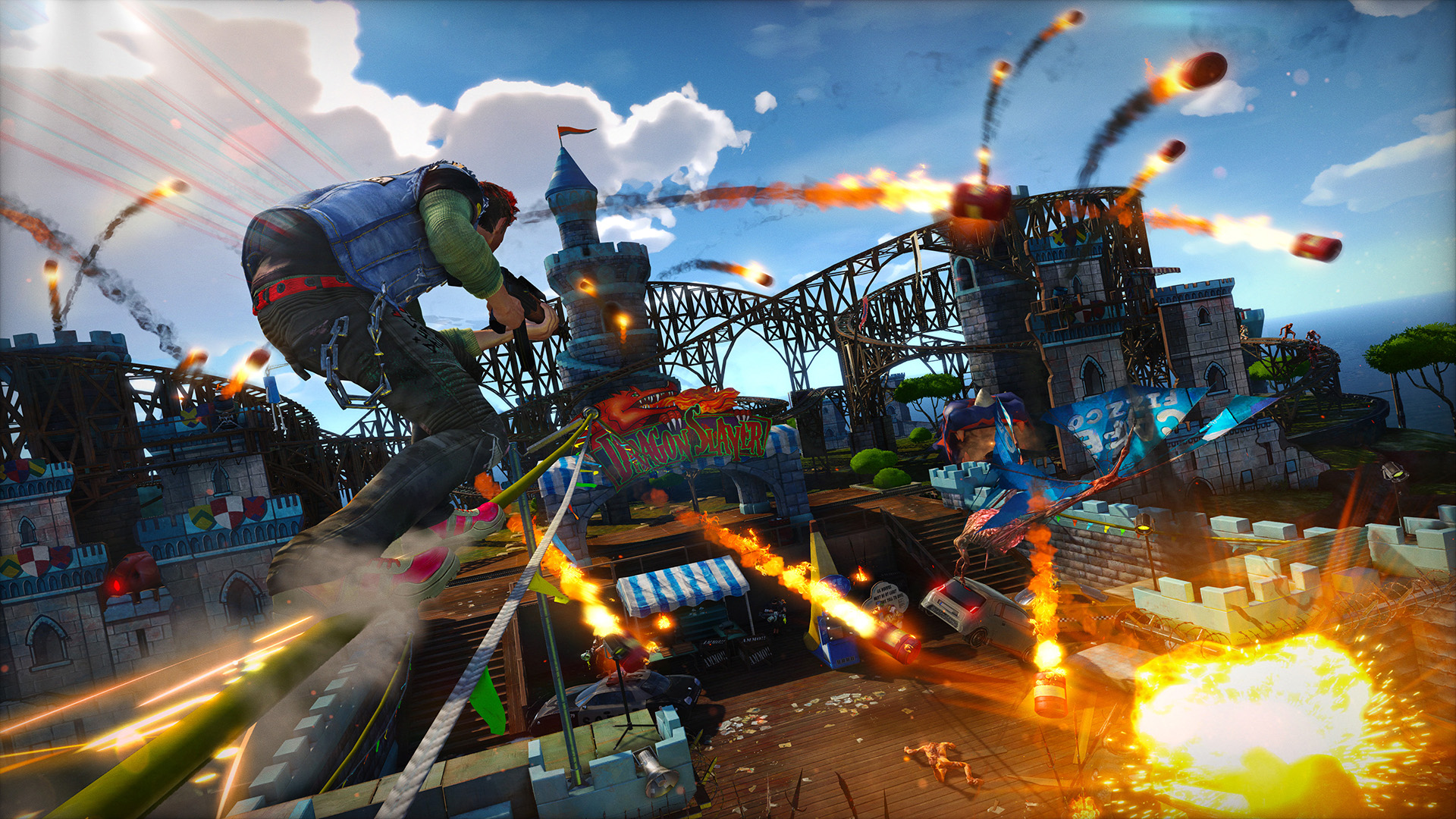Carl’s Death in The Walking Dead
The Walking Dead is a popular series that has captivated audiences around the globe. The show has had its fair share of tragic moments, but one event, in particular, stands out from the rest: the death of Carl. The young character was a central figure throughout the series, and his untimely demise has left a lasting impact on the show’s storyline and the fans. In this article, we will explore the character of Carl and delve into the events that led up to his death. By examining the impact of Carl’s death on the show’s storyline and the fans’ reactions, we can gain a deeper understanding of the character’s enduring legacy. Ultimately, Carl’s death serves as a significant turning point in the show’s history, and we aim to analyze the implications of this event thoroughly. Carl’s Storyline in The Walking Dead The Walking Dead is a television series that has captivated audiences worldwide. Carl is a compelling character that played a significant role in the show. He was the son of Lori and Rick Grimes and the unofficial adopted son of Shane. Carl’s early life was filled with difficulties. He came from a broken family, and his father was absent most of the time because of work-related challenges. Carl’s mom, Lori, was having an affair with Shane, an older cop and friend of the family. After the apocalypse, everything changed for Carl. He had to grow up fast and learn how to survive in a new world. Group dynamics shifted, and new alliances were formed while others were broken. Carl’s relationship with his father evolved, as he became more of his right-hand man, honing his survival skills along the way. One of the milestones in Carl’s progression was when he killed his first walker. This scene was significant in the show, as it showed how Carl’s character was evolving in the harsh world. Moreover, it was a reflection of what Carl’s dad, Rick, had told him earlier about the necessity to “do what it takes to survive.” Carl was also instrumental in the group’s survival, scouting for food, and searching for missing party members. Mercy was not always an option in this world, and Carl learned that killing may be the only way to protect his family and loved ones. Finally, Carl established relationships with other characters, such as Michonne, an expert swordsman who became his close ally and began to fill a maternal role. Additionally, he was romantically interested in one of the other main characters, but we will address that later in the article. Carl’s growth, development, and maturation in The Walking Dead series make him an impressive character with an arc that captivates any audience. Death in The Walking Dead Death in The Walking Dead is quite a loaded concept that has been a recurrent theme in the series since the very beginning. Throughout each season, viewers have watched the popular characters face their untimely demise. It is common knowledge that no one is truly safe in The Walking Dead, not the main characters or the lesser-known ones. Many fans have argued that death is a pivotal aspect of The Walking Dead’s narrative. It grounds the characters in realism and adds depth to the ever-changing storylines. Since the series began, fans have had to say their goodbyes to several beloved characters, including Lori, Shane, Glenn, and more recently, Carl. Carl’s death was a shock to both fans and the characters remaining in the series. After all, Carl had been a mainstay since the very beginning; he had even become one of the central figures of the show. The events leading to his death came as a surprise to many. There are several theories regarding why Carl had to die; some speculate that it was all about political dynamics among various communities. Others believe that it was a necessary subtraction from the story to create more organic storylines. Whatever the reason, viewers and critics have gone back and forth over what effect Carl’s death has had on the show. In the end, Carl’s last days were bittersweet, yet, they cemented his place in the hearts of fans. The Walking Dead universe will miss Carl, but his story will live on for years to come. Death in The Walking Dead Universe is a crucial aspect of storytelling The loss of pivotal and beloved characters has added depth and realism to the narrative Carl’s death was a pivotal moment in the show Speculations abound as to why the character had to die Carl’s last days were touching and heartbreaking Impact of Carl’s death on the Series and Fans When Carl died in season 8 of The Walking Dead, it sent shockwaves throughout the fanbase. Fans were both surprised and distraught because Carl had been a key character in the series, and his death was unexpected. The way that Carl exited the series sparked diverse reactions from the fans, with some expressing their complete disagreement with the decision. The reactions were split into two. There was an initial outcry as soon as the episode aired, with fans expressing their disapproval and taking to social media to voice their displeasure. The majority of fans were in disbelief that the writers and producers chose to take out one of the few remaining original characters from the show. The outpouring of emotions was so great that showrunner Scott M. Gimple shared an open letter explaining the reasons behind the decision. Despite the initial negative reaction, the subsequent episode brought even more controversy, as it contained a plotline that some fans regarded as insulting and insensitive to Carl’s legacy. As a result, the fans felt betrayed and disappointed with the direction the series was taking. The death of Carl was a massive blow to the series’ storyline. Indeed, in subsequent episodes of the series, various characters have had to deal with coping with the tragedy. The resolution of some subplots has also been altered due to Carl’s absence, leaving some fans wondering what would



